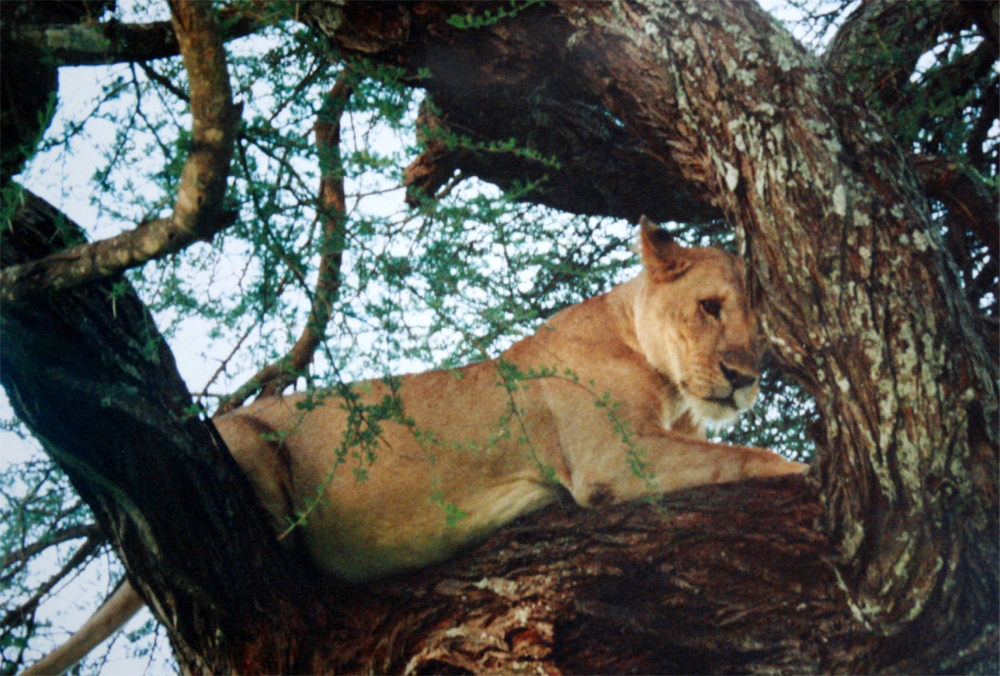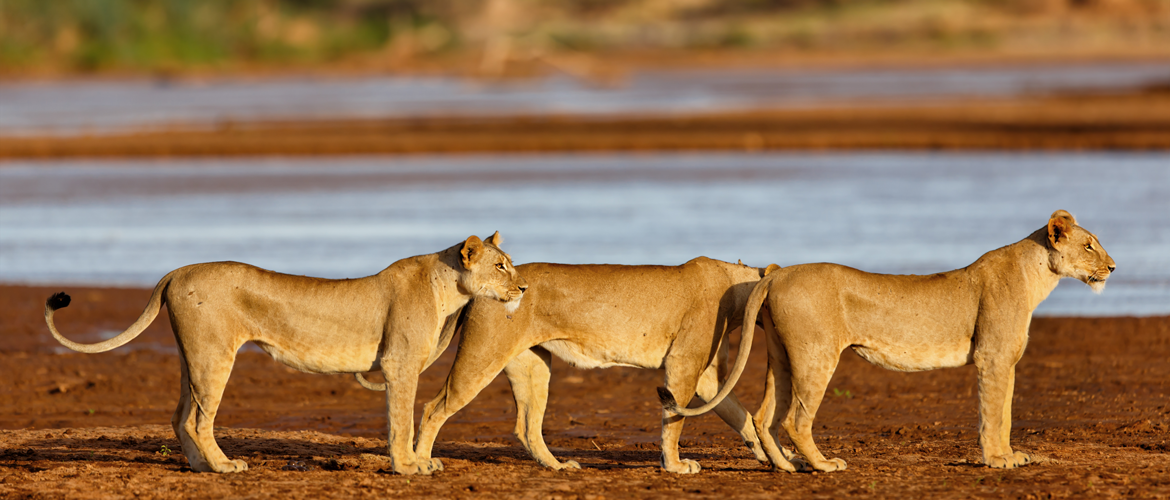
The Serengeti National Park is Tanzania’s oldest and most popular national park. Together with the Maasai Mara National Reserve in Kenya and the surrounding conservancies and group ranches, the Serengeti National Park forms the Serengeti Mara ecosystem, an area of about 40,000km2. This area of savannah plains, lush springs, roaring rivers, riverine forests and mountain ridges is home to one of the seven wonders of the world: the great migration. Over a million wildebeest, with hundreds of thousands of zebras, Thomson’s gazelles and other plains game, circumnavigate the area annually. While the reason for this annual mass migration is still debated, it’s widely believed that the animals move because the rains cause fresh grass to sprout, and that the instinct to migrate is stamped deeply into their subconscious.
The area is home to the greatest and most varied collection of animals on earth. All of the big five – lion, leopard, elephant, buffalo and rhino – can be seen here, along with large numbers of plains game and other animals. All the big cats are found here, as well as some lesser-known predators: all three species of jackal, the spotted hyena and the serval cat. More than 540 species of birds, both migrant and resident, have been sighted here, and numbers of reptiles and insects are likewise high.
The name Serengeti derives from the Maasai word Serengit, meaning Endless Plains, a name that aptly describes the ecosystem of the Serengeti. Some of the traditionally nomadic Maasai tribe have settled in the area. Activities in the area include game drives, game walks and hot air balloon safaris.




